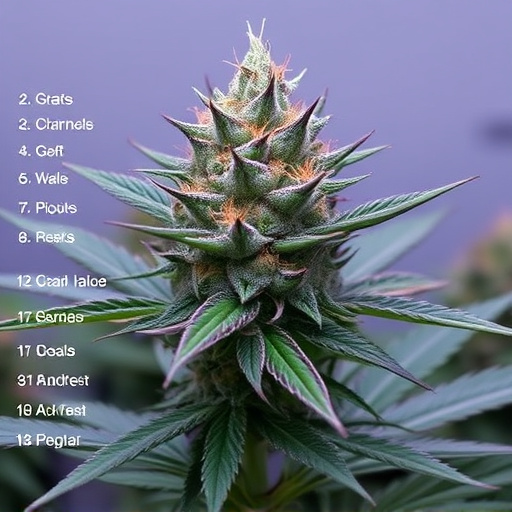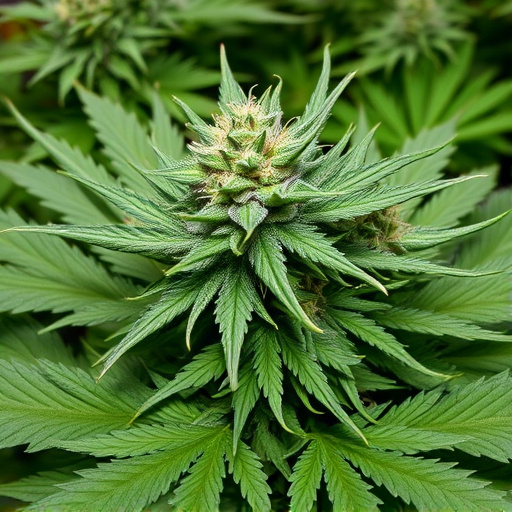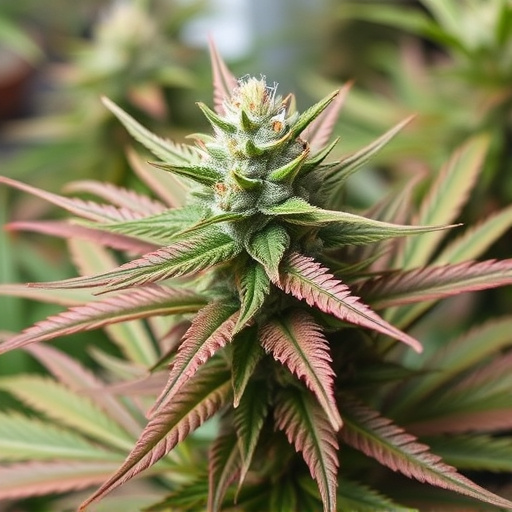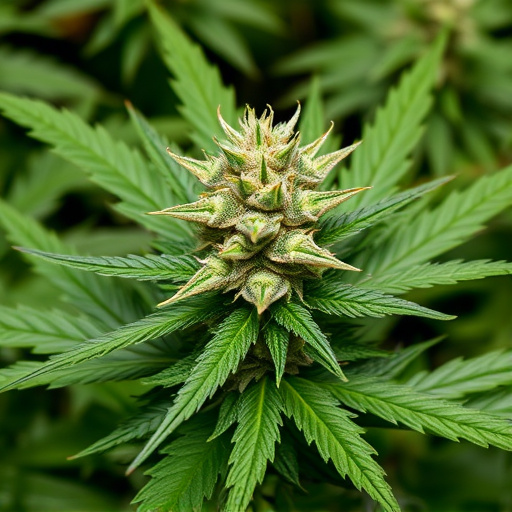Cannabis sativa strain detection times are influenced by a complex interplay of biological factors, including metabolism, body mass index (BMI), liver function, age, gender, and health. Faster metabolisms clear compounds more rapidly, while slower metabolisms or liver conditions extend detectability periods. Cannabis sativa strains vary in THC and CBD levels due to genetic differences, affecting detection windows; higher THC concentrations lead to longer detectability, while CBD may shorten it. Potency also plays a role, with stronger strains potentially resulting in extended periods of detectable THC. These factors contribute to the challenge in cannabis sativa strain detection, necessitating ongoing research into drug testing practices.
“Uncovering the factors that dictate cannabis detection times is vital for both scientific understanding and legal enforcement. This article explores the intricate web of elements influencing how long cannabis remains detectable in an individual’s system, specifically focusing on cannabis sativa strains. From biological factors like genetic variations and body composition to environmental influences such as consumption methods and co-ingestion, we delve into the science behind detection. Additionally, we examine cutting-edge technologies and their impact on testing accuracy, while considering the evolving legal landscape surrounding cannabis.”
- Biological Factors Influencing Detection Times
- – Genetic variations in cannabis sativa strains
- – Individual metabolism and body composition
Biological Factors Influencing Detection Times
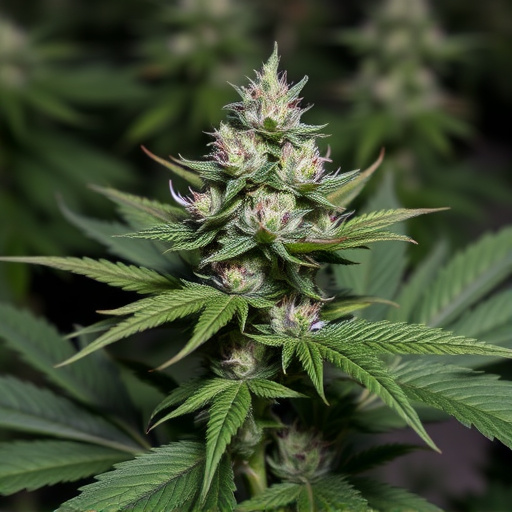
The biological makeup of an individual can significantly influence the detection times of cannabis in their system. Factors such as metabolism, body mass index (BMI), and liver function play a crucial role in determining how quickly and for how long cannabis remains detectable. People with faster metabolisms tend to clear cannabis compounds more rapidly, leading to shorter detection windows. Conversely, those with slower metabolism or underlying liver conditions may experience extended periods of detectability.
Additionally, the type and potency of cannabis sativa strains consumed can dramatically affect detection times. High-THC strains, for instance, have been known to produce longer-lasting effects and remain detectable in the body for more extended periods compared to low-THC varieties. The presence of other cannabinoids and terpenes in the plant material can also impact metabolization, complicating the timeline of cannabis detection.
– Genetic variations in cannabis sativa strains
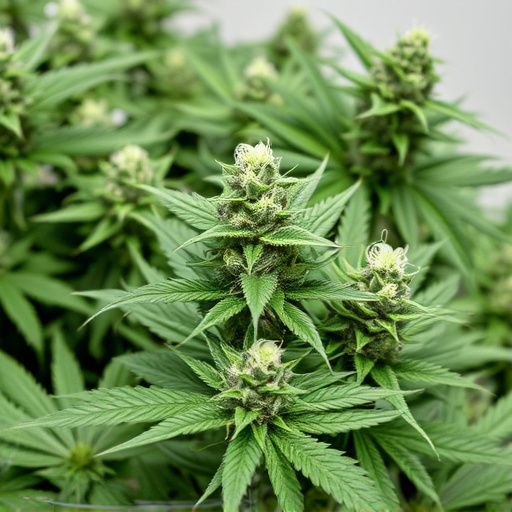
The genetic makeup of cannabis sativa strains plays a significant role in determining detection times. Different strains exhibit varying levels of THC (tetrahydrocannabinol) and CBD (cannabidiol), two primary cannabinoids responsible for the plant’s psychoactive effects. Higher concentrations of THC can extend detection windows, as it is more readily detectable by standard drug testing methods. Conversely, CBD, known for its non-intoxicating properties, may shorten these periods due to its ability to interact with the body’s endocannabinoid system and potentially alter metabolism.
Additionally, genetic variations lead to differences in plant growth, maturity, and overall chemistry. Some strains mature faster, resulting in higher cannabinoid concentrations earlier in their life cycle, while others take longer to reach peak potency. These genetic factors contribute to the complexity of cannabis detection times, highlighting the need for up-to-date research and understanding when it comes to drug testing practices.
– Individual metabolism and body composition
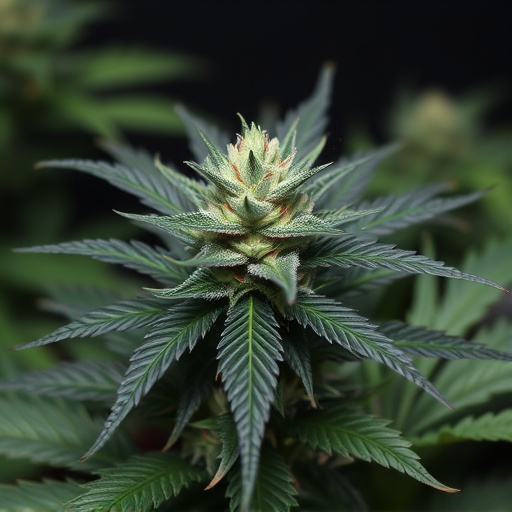
The detection time of cannabis in an individual’s system can vary significantly based on their unique metabolism and body composition. Factors such as age, weight, gender, and overall health play a crucial role in determining how quickly and for how long cannabis remains detectable. For instance, a person with a higher body mass index (BMI) might metabolize and eliminate cannabis more slowly compared to someone with a lower BMI. This is because fat cells can retain cannabinoids like THC for extended periods, leading to longer detection times.
Additionally, the type of cannabis sativa strains consumed can influence detection periods. Stronger or higher-potency strains may result in longer-lasting effects and potentially longer detectable windows due to increased cannabinoid concentration. Individual metabolism, therefore, interacts with strain potency to determine how quickly THC breaks down and becomes undetectable.
In conclusion, understanding the factors that influence cannabis detection times is crucial for accurate interpretation of test results. Genetic variations in cannabis sativa strains and individual metabolic differences significantly impact how quickly cannabinoids are metabolized and eliminated from the body. Recognizing these biological factors enables more precise expectations of detection windows, ensuring fair and effective application of cannabis-related tests.





